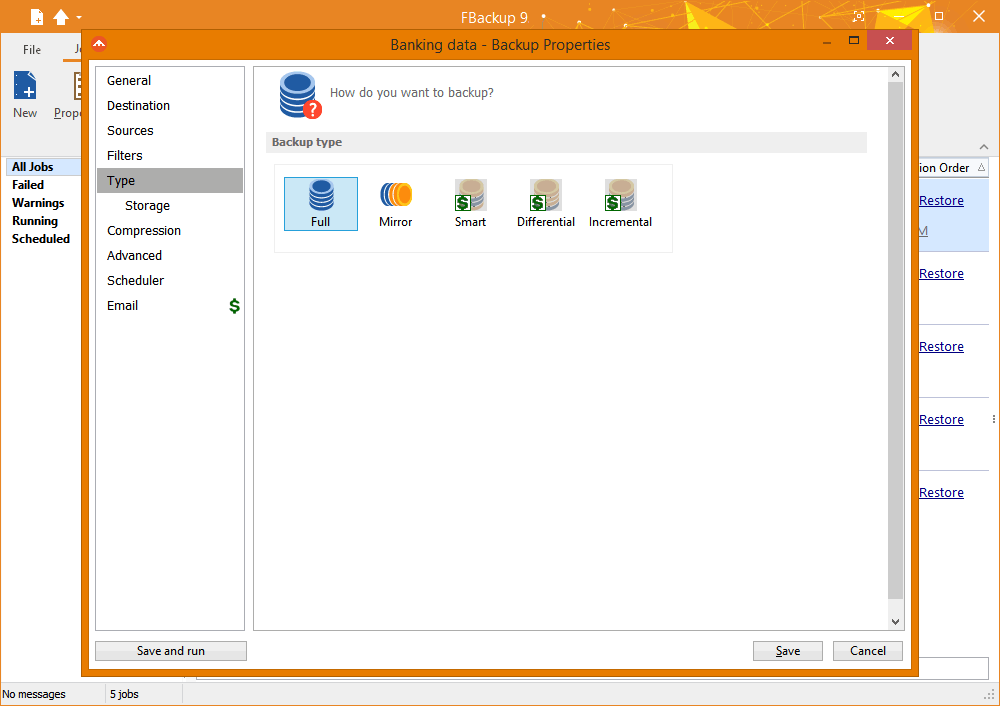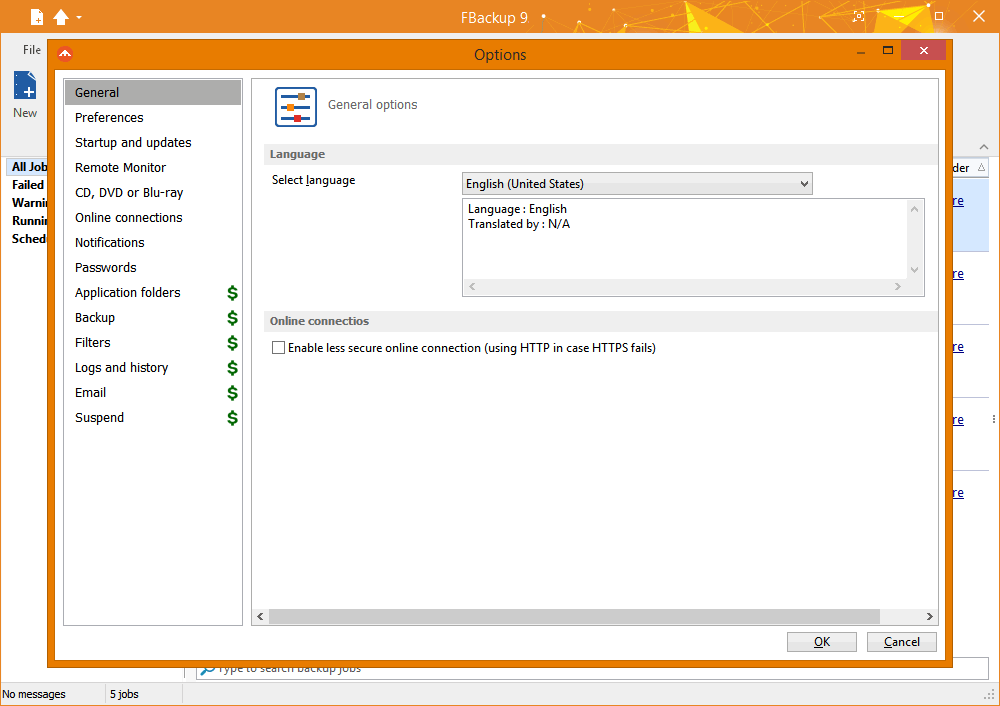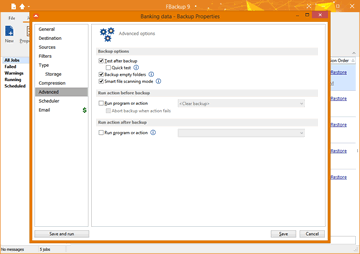

If you try to restore from these files, InnoDB notices the inconsistencies and crashes to protect you from corruptionīefore you can restore from a backup, you first need to prepare it to make the data files consistent. The data files that Mariabackup creates in the target directory are not point-in-time consistent, given that the data files are copied at different times during the backup operation.

Here is an example backup directory: $ ls /var/mariadb/backup/Īria_log.0000001 mysql xtrabackup_checkpointsĪria_log_control performance_schema xtrabackup_info If the target directory exists and contains files, then it raises an error and aborts. If the target directory doesn't exist, then it creates it. Mariabackup writes the backup files the target directory. You can cancel the backup if you need to, as the backup process does not modify the database. The time the backup takes depends on the size of the databases or tables you're backing up. To take a backup, run the following command: $ mariabackup -backup \ When taking a full backup, the target directory must be empty or it must not exist. In order to back up the database, you need to run Mariabackup with the -backup option to tell it to perform a backup and with the -target-dir option to tell it where to place the backup files. This page documents how to perform full backups. Full backups create a complete backup of the database server in an empty directory while incremental backups update a previous backup with whatever changes to the data have occurred since the backup.




 0 kommentar(er)
0 kommentar(er)
